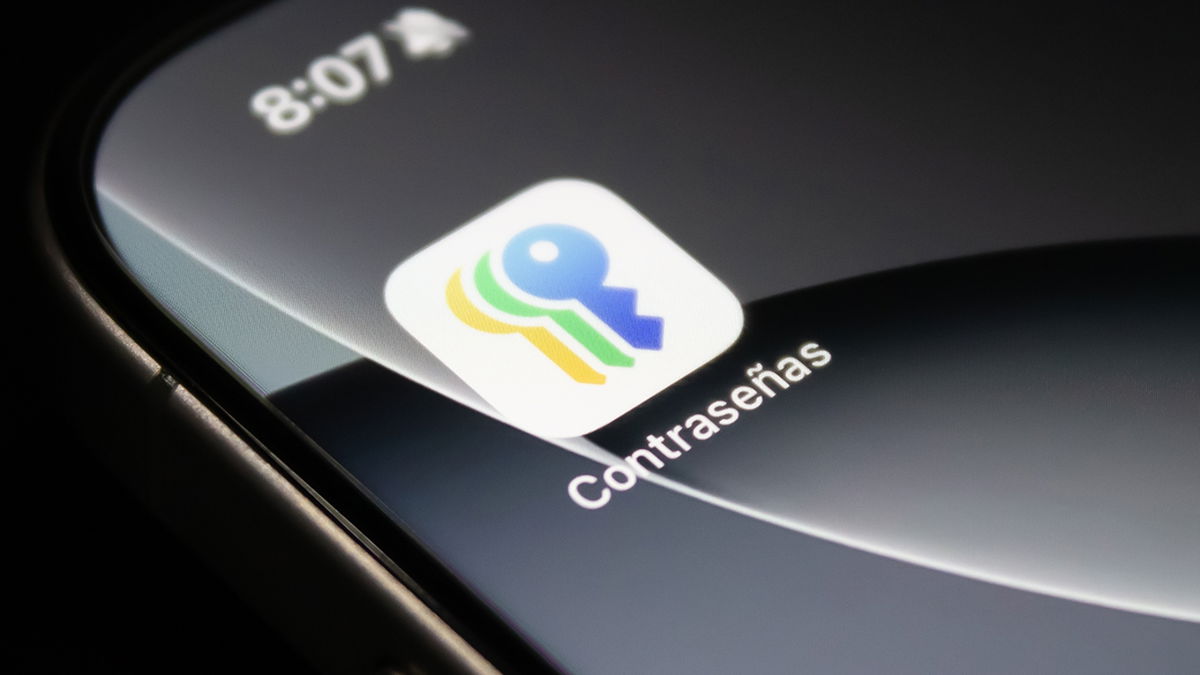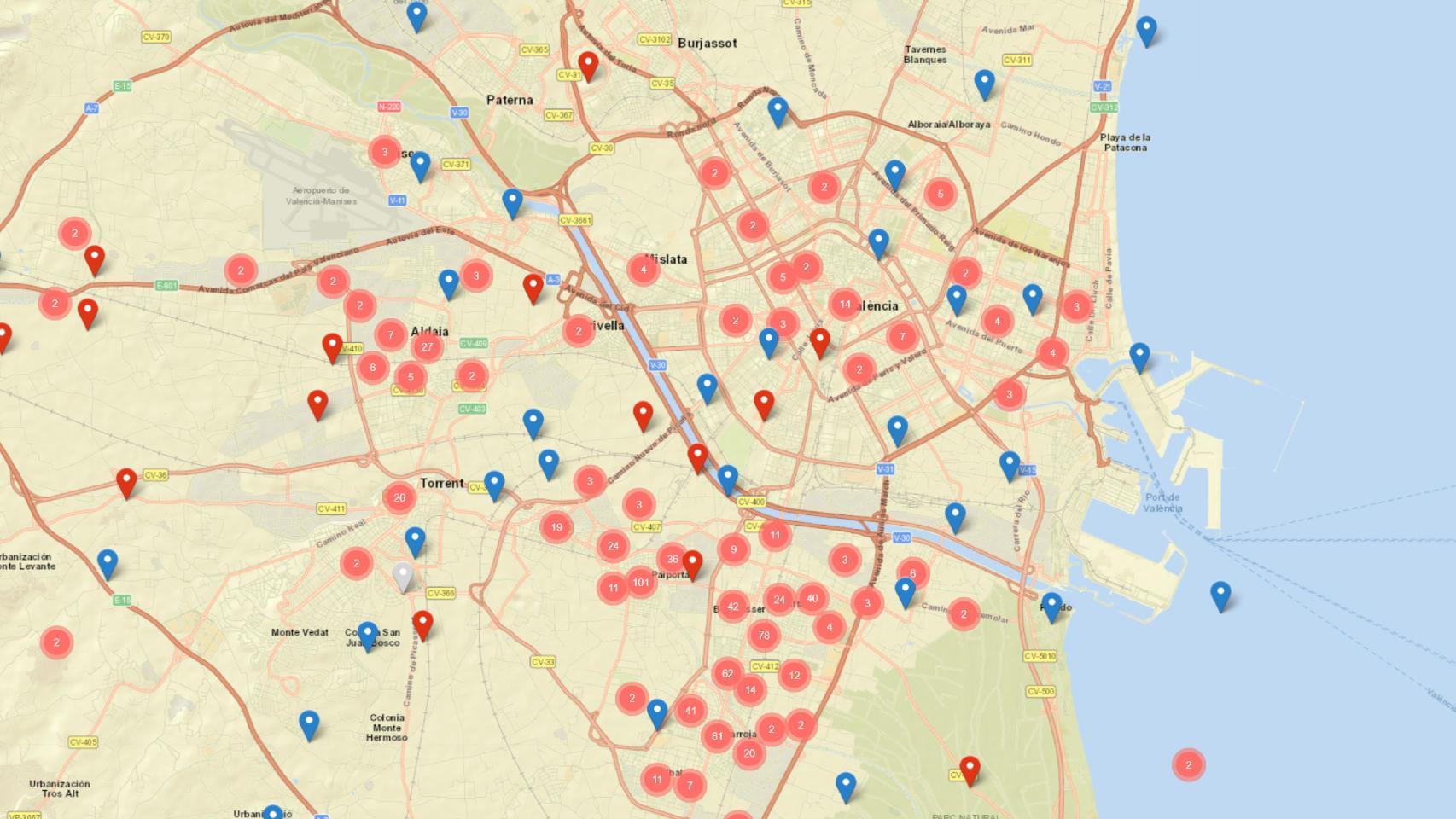No more teasers and veiled presentations: Samsung has now launched your first smart ringthe Samsung Galaxy ring. It is the first mobile brand General public which is launching a ring, although it’s certainly not the first. Amazfit has also joined the smart rings with the Helio Ring and the Ultrahuman Ring Air is trying to attract followers by not including Oura subscriptions.
Samsung is joining the party late, so it’s easy to wonder how well the Samsung Galaxy Ring is prepared to take on its most direct competitors. To find out, we took on the Samsung Galaxy Ring vs. Amafit Helio Ring and Ultrahuman Ring Air.
Three rings, three designs
Samsung Galaxy Ring, Amazfit Helio Ring and Ultrahuman Ring Air are three rings that look like… rings. No one has reinvented the wheel (or the ring), although with different designs: The Galaxy Ring is concavethe Amazfit Helio Ring is convex and the Ultrahuman Ring Air is virtually flat.
In the materials, titanium cover This is the most popular and is found in all three rings: grade 5 titanium in the Samsung, tungsten carbide reinforced titanium in the Ultrahuman and unspecified tianium alloy in the Amazfit.


Ultrahuman Air Ring, Samsung Galaxy Ring and Amazfit Helio Ring
In finishes, the Ultrahuman Ring Air wins the medal with five colors
As you might expect, rings come in different sizes to fit different fingers. The Samsung Galaxy Ring will be sold in 9 different sizesthe Ultrahuman Ring Air has 10 and the Amazfit Helio Ring currently sells 2 and has 5 more on the way.
The difference is in the load
Although all three rings are shaped like rings, the main difference between them is how they are charged. Amazfit and Ultrahuman have the typical charging base similar to the one we have been using for years in smartwatches and bracelets, but Samsung has opted for a different idea: a portable case with its own batterylike in TWS earphones.
The Samsung Galaxy Ring Charging Case, with included LED lights, provides 361mAh of extra battery life so you can charge your ring with or without a plug involved, something you can’t do even with the competition. Besides, it helps you store the ring safely when you take it off.


The Samsung Galaxy Ring Charging Case
Not only do you get a portable charger, but The Samsung Galaxy Ring has a longer battery life
Not only does it have a charging case and longer battery life, but The Galaxy Ring also charges faster: from 0 to 100% in 80 minutes versus 100 minutes for Helium and 120-180 for the Ultrahuman ring.
Sleep, Health and Exercise
And what are these ads for? you might ask. They are miniature smartwatches without a screen, focused on passive surveillanceTo do this, they are equipped with technologies and sensors such as skin surface temperature and different LEDs and infrared to capture heart rate, blood oxygen level and monitor sleep.
The three rings include the typical monitoring of the sleep, heart rate, SpO2 and stressalthough their accuracy needs to be analyzed in depth to be able to compare them. The Amazfit Helio can record four sports modes, while the Galaxy Watch can automatically record walks and runs.


All three watches have, in a way, a different approach: Samsung focuses on health, Ultrahuman on sleep tracking, and Amazfit on exercise recovery. That said, in practice, the functions are very similar in all three, since the technology simply does not bring much more, for now.
In terms of added features, it is worth mentioning that The Galaxy Ring can be found if you lose it with Find My Ring and can be used as a remote trigger for your mobile phone or to turn off the alarm on a Samsung mobile phone. Samsung’s data is combined and enhanced with the power of its health app, while Amazfit’s data is combined with your smartwatch’s data, in Zepp. None of the three require a subscription for normal use.
Comparison chart
Considering all of the above, here are all the specifications and main features of the three smart rings, so you can see their differences at a glance.
|
Samsung Galaxy Ring |
UltraHuman Air Ring |
Amazfit Helio Ring |
|
|---|---|---|---|
|
Dimensions and weight |
7.0 x 2.6 mm. 2.3g. to 3.0g. depending on size Charging case: 48.9 x 48.9 x 24.51 mm and 61.3 g. |
8.1mm x 2.45 to 2.8mm. depending on size From 2.4 to 3.6 g. depending on size |
8.0 x 2.6 mm. From 3.75 to 3.82 g. depending on size |
|
Sizes |
9 |
ten |
2 for sale 5 more pending |
|
Material |
Grade 5 titanium finish |
Reinforced titanium finish with tungsten carbide carbon coating |
Titanium alloy finish |
|
Memory |
8 MB |
– |
– |
|
Battery |
From 18 mAh to 23.5 mAh depending on size Up to 7 days of battery life. Charging case: 361 mAh Recharges in 80 min. |
24 mAh Up to 6 days of battery life Full charge 2 to 3 hours |
From 18.5 to 20.5 mAh depending on size Up to 4 days of battery life Charge in 100 minutes |
|
Sensors |
Accelerometer skin temperature PPGO (2 PD + 2 LED + IR) |
PPG sensor (2 LED + IR) skin temperature Accelerometer and gyroscope |
Temperature sensor EDA sensor BioTracker PPG (1 LD + 2 PD) Accelerometer and gyroscope |
|
Measurements |
Sleep analysis Breathing while sleeping Movement during sleep Cardiac frequency SpO2 Menstrual cycle monitoring Vitality score Heart rate alert Automatic walking and running tracking |
Sleep analysis skin temperature Phase response curve Cardiac frequency SpO2 |
Sleep analysis Breathing while sleeping Naps Cardiac frequency SpO2 Stress level Menstrual cycle tracking 4 sports modes |
|
Others |
Remote shutter function for mobile How to turn off alarm on Samsung phones Find my ring |
Information and alerts (on mobile) to help you make better health decisions in real time |
Synchronization with Amazfit watches |
|
Connectivity |
Bluetooth 5.4 |
Bluetooth BLE 5 |
Bluetooth BLE |
|
ENDURANCE |
10 ATMs IP68 |
10 ATMs IPX8 |
10 ATMs |
|
Price |
449 dollars |
379 dollars |
299.90 dollars |
The Samsung Galaxy Ring is better than the other two in several ways but it is important to mention that it it’s worth more. The price difference with the Amazfit Helio is quite considerable.
In Xataka Android | Accelerometer, gyroscope… all the sensors your mobile phone has and what they are used for
Table of Contents









